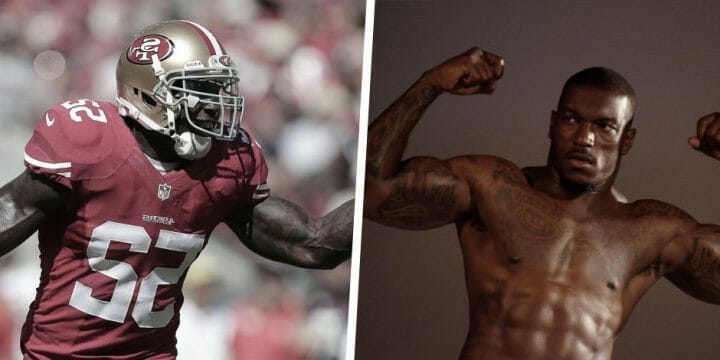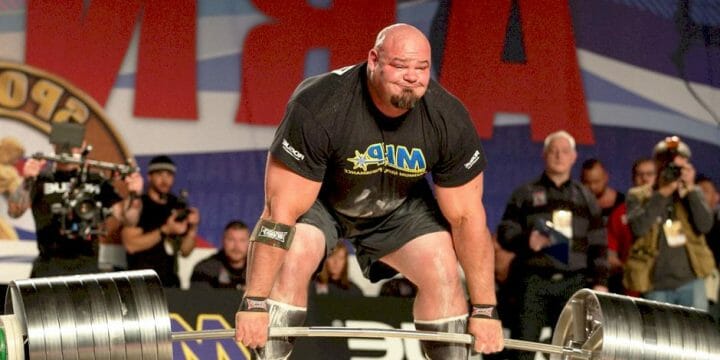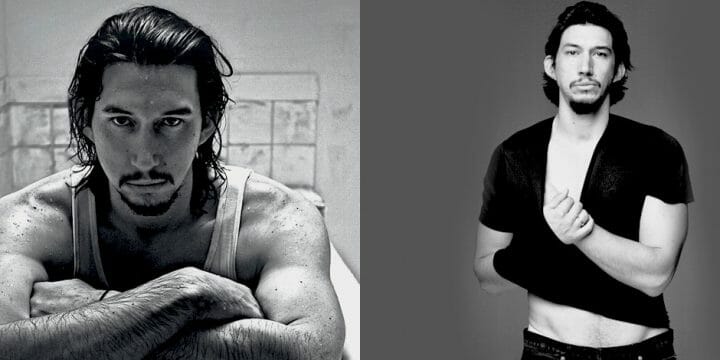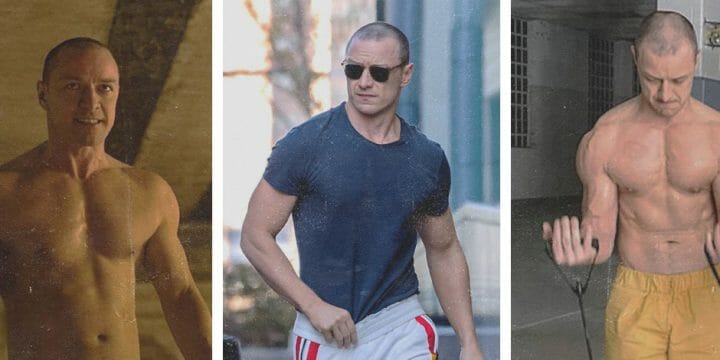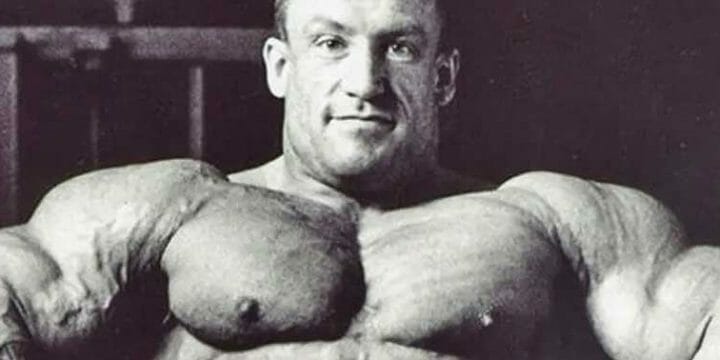As a professional MMA fighter and certified personal trainer, I've seen firsthand the 'lollipop effect'—buff upper bodies on skinny legs.
In my fighting and training career, balancing upper and lower body strength has been key.
So, I often find myself working with clients to avoid this mismatch and build powerful legs that match their upper-body strength.
Therefore, for today’s post, I want to give you some background on planning leg exercises so that your lower body is in proportion with your upper body.
Quick Summary
5 Tips For Building Athletic Legs

Here’s what I go through with all my clients when planning a lower body routine:
1. Vary Your Weight Training Loads
I know that it’s very tempting to exercise leg muscles by loading up the weight and reducing the reps to about six of them.
And that’s a great thing for a bulking phase, but every professional bodybuilder understands that you shouldn’t go through continuous bulking.
See, during the bulking phase, you need to eat a load of food. And while the workouts will build up more mass, the food will also increase your BMI.
To keep the fat in check, you need to carefully plan your weight loads and go through regular phases with a lighter load and higher reps to burn away that fat and gain more muscle definition.
2. Don’t Ignore Cardio
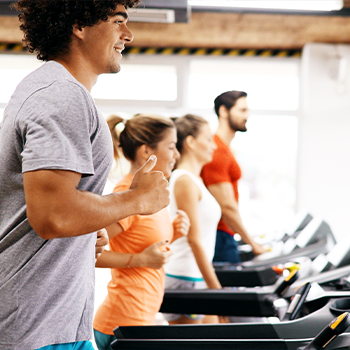
In addition to varying the weight loads, you also need to regularly plan for a cutting phase.
This would be a week where you focus a lot more on maintaining muscle mass with weightlifting and burning fat with cardio.
Drawing from my rigorous MMA training, I often recommend my clients add a second workout, like 30 to 40 minutes of intense running or rowing.
This not only mimics my training routine but can also boost the overall fitness.
3. Make Those Workouts Dynamic
In my fighting career, I've learned the importance of compound exercises, not just targeting the inner thighs or glutes.
Similar to my MMA training, I focus on movements that work larger muscle groups and mimic patterns from various sports.
These movements can also be done in a slow and controlled manner, adopting the time under tension (TUT) method for greater muscle hypertrophy and endurance, according to the Journal of Physiology study [1].
4. Introduce Plenty of Plyometrics
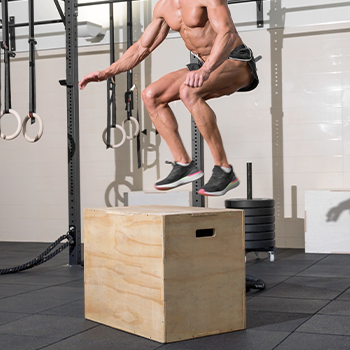
Plyometrics are exercises that get your whole body moving, and they target multiple muscle groups at the same time.
They are also almost entirely dependent on your own body weight.
A great example for the lower body is box jumps.
- Set up a sturdy box about knee-high and stand in front of it.
- Bend your knees and jump up onto the box.
Just make sure you pay attention to any possible knee pain you have, as some plyometric workouts have a higher impact on joints.
“Jumper's knee, also known as patellar tendonitis, is a condition characterized by inflammation of your patellar tendon.”
- HopkinsMedicine.org
5. Don’t Over Exercise Your Legs
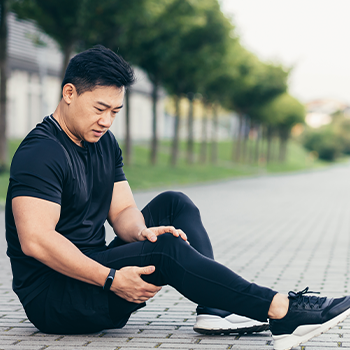
Don’t get into the habit of making every day a leg day.
Even if you have a lot of catching up to do, it’s important to give your legs a rest.
Instead, focus on proper form on your leg day and gradually add weight to your exercise sets.
Not only will you have better results from your calves to your inner thigh and glutes, but your ankles, knees, and hips will thank you for the rest as well.
Related: How to Achieve An Athletic Body?
Sample Training Routine For Athletic Legs

OK, so you’ve got the basics of what your training plan should include and how to support your muscles with a good diet.
Now it’s time to look at a sample exercise routine.
Squats
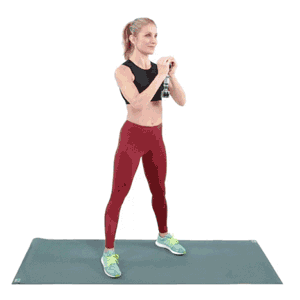
Start simple with bodyweight squats. These babies work your thighs, hamstrings, and glutes.
Spice it up by adding weights and trying variations like my favorite, the Bulgarian split squat, as it could help you develop quick and powerful leg muscles, agility, and reaction time—all essential for high-performance sports activities.
You do it by standing in front of a bench, one foot on the ground, the other on the bench. Lower down, bend the front leg, and push back up.
Start without weights, get the hang of it, then load up for 8 to 12 reps per leg.
Leg Extensions
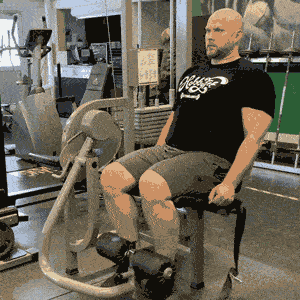
Hit the machine and sit up straight with weights by your ankles.
Stretch those legs out straight and feel the burn in the quads.
Remember, count to two on the extension, pause, then lower for three.
This one's gold for toning quads.
Leg Press
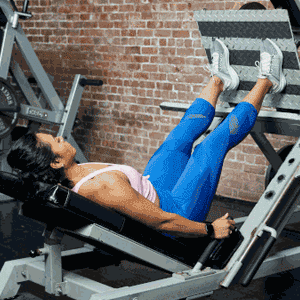
It's like squats but on a machine—less shoulder stress, same awesome results.
Sit, bend your knees, and push up with weights.
This'll work your glutes, quads, and thighs in one go, as stated in the WebMD [2].
Related Articles:
Calf Raises
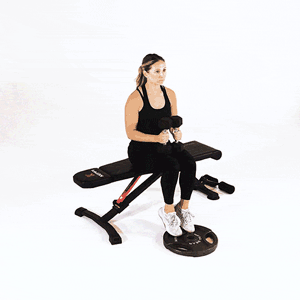
Don't be that athlete with skinny calves.
Grab dumbbells or a barbell and stand straight, feet apart.
Explode onto your tip-toes and lower your back slowly.
Aim for 15+ reps, switching toe positions.
Walking Lunges
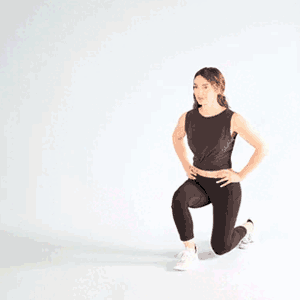
Great for inner thighs. Step forward, bend the knee, and push back up.
Adjust your stance for more intensity.
Do 15 reps on each leg.
Sprints
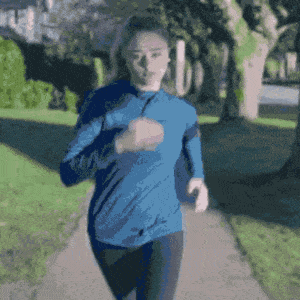
This is our first cardio option, and we prefer this to simple jogging.
Not only does it get your heart rate up and burn some fat, but the intensity also strains the muscles enough to avoid losing mass.
Laterall Lunges
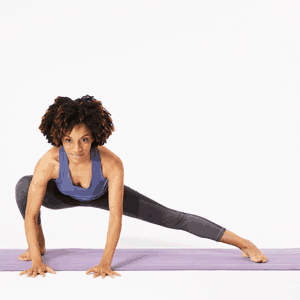
I like to incorporate exercises that target lateral movement, such as lateral lunges.
These movements target the often-neglected lateral glutes and inner thighs, crucial for side-to-side movements in sports.
Ladder Machine
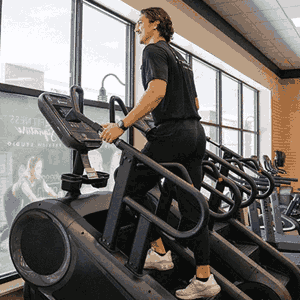
It’s a fun way to end a training session and also adds some hip mobility into your routine.
You will need to rotate your hips a lot more than you would in the leg press or squats.
The Importance Of Nutrition For Athletic Legs

If you’re a regular reader or client of mine, then apologies if you’ve heard this about a thousand times before: You can't out-train a bad diet.
At least 70% of your body composition and physique are entirely down to what you eat. And when it comes to creating a perfectly shaped butt and thighs, it’s important to balance your diet.
Also, adding supplements can help in more ways. Pre-workouts have natural ingredients that give you more energy, help your muscles heal, and make you feel less tired after a workout.
Nutritional Tips For Bulking
A typical fitness and diet plan might go through 3 to 4 weeks of bulking and then one week of cutting.
And it’s absolutely vital that you take in a significant calorie surplus during those bulking weeks, as stated in the International Journal of Exercise Science study [3].
That means eating a lot more calories, so you get a surplus every single day.
If you don’t follow this approach, then your muscles will stop growing. There is no way around it. Even with heavy work at the gym, your body will go into preservation mode because there is a mismatch between energy in and energy out.
Nutritional Tips For Cutting
Once you head into a cutting phase, you have to do the exact opposite. See, during the bulking phase, you’ll be gaining muscle mass and fat from all the extra calories.
And the only way to get rid of fat is to burn more calories than you’re taking in. What you want to do here is carefully cut down on carbs in your diet, as those are the easiest macronutrients for the body to transform into fat.
At the same time, you’ll want to maintain a higher balance of protein in your diet so that your training doesn’t result in muscle wasting.
References:
- https://www.ncbi.nlm.nih.gov/pmc/articles/PMC3285070/
- https://www.webmd.com/fitness-exercise/how-to-do-a-leg-press
- https://www.ncbi.nlm.nih.gov/pmc/articles/PMC5786199/
About The Author
You May Also Like
